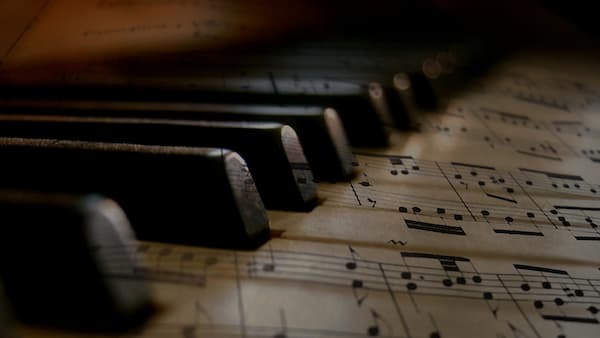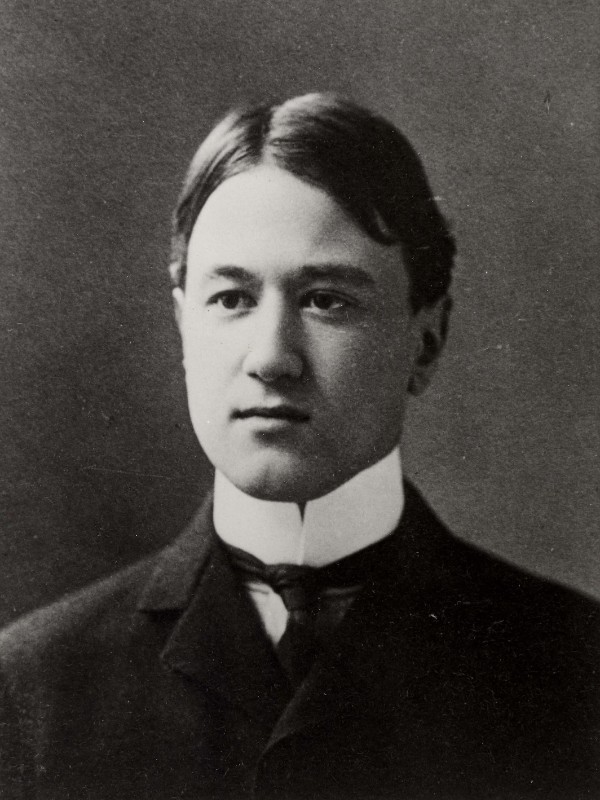We musicians spend a great deal of time in our heads. We are constantly analyzing the music in front of us, searching the score for hints from the composer as to how he or she intended the piece to sound; perfecting the execution of the rhythm and notes, the dynamics and the articulation; adjusting our bowing and fingerings (sometimes daily), to achieve the interpretation we hear inwardly.

© mus.cam.ac.uk
But I wonder if some of us have a disconnect between what we think we’re doing in the music and what we’re communicating? Does the audience hear what we intend for them to hear? Certainly, conveying the emotion of the music takes skill and experience.
I think we can all recall a performance after which we can’t remember any of it. When we’ve had to ask a friend for feedback, “How was it really? Did it sound okay?” The times when we just couldn’t concentrate or when we’ve followed the click track that we are hearing in our heads. We imagine what is coming out rather than what the sound is during the in-the-moment music-making. In fact, this is quite common in conductors too!
Of course, there are the concerts when we focus on the things we missed or hoped to do better. I recall a masterclass with the esteemed pianist and chamber music coach György Sebök. A young man played quite well, but afterwards, he shook his head, sighed audibly, and rolled his eyes, evidently quite dissatisfied with his performance. Sebök leaped to his feet and asked, “Did you not like the way you played or the way you felt?” The performance so unnerved the student that he didn’t have a sense of the whole.

György Sebök
Sebök stressed that the ultimate success of a performance should not be based on whether we missed some notes, or had a memory slip, or that our hands felt icy cold. It should be gauged by the emotions stirred in the audience. Easier said than done. But even when things are going well, we may not be able to gauge the overall impression of our performance. How do we train ourselves to listen dissociated from how we are physically producing the sounds?
Ludwig van Beethoven: Piano Concerto No. 3 in C Minor, Op. 37 – I. Allegro con brio (Emanuel Ax, piano; San Francisco Symphony Orchestra; Michael Tilson Thomas, cond.)
Sebök proceeded to sit at the piano, and he asked us to guess the piece from only the first note the pianist plays. In Beethoven Piano Concerto No. 3 in C minor, after the lengthy orchestral introduction, the piano soloist enters with two C-minor scales, which lead 4 bars in, to the C of the opening motif—two notes in the left hand and two in the right hand. Sebök played just the four Cs—decisively, forte, declamatory. There was no doubt in our minds that he was playing this momentous Beethoven Concerto. He played a resonant and mysterious seven-note C-minor chord. The same key but it could only be Rachmaninoff Concerto No. 2 in C-minor. Next, he played a somber and weighty octave G. We guessed Saint-Saëns Concerto No. 2 in G minor. This was followed by an accented, fortissimo almost brusque 8-note chord—four notes in each hand. It was obvious: the Grieg Concerto in A minor. Finally, to confuse us, he played an ethereal 3-note chord just an A, C and E, pianissimo in the right hand. Sebök’s gentle, caressing touch, and his quietude took us to the world of French impressionism. Ravel certainly—his trio in for Piano, Violin and Cello in A-minor.
Camille Saint-Saëns: Piano Concerto No. 2 in G Minor, Op. 22 – I. Andante sostenuto (Nelson Freire, piano; Berlin Radio Symphony Orchestra; Ádám Fischer, cond.)
Maurice Ravel: Piano Trio in A Minor – I. Modéré (Beaux Arts Trio)
I admit, the pianists with perfect pitch had an advantage over the other instrumentalists in the room. They were familiar with the major piano works and their key signatures. And the dynamics and voicing of the notes matter. And yet Sebök’s playing of the first note or chord of these pieces left no doubt as to the mood and intention of the music. How did he do that and more importantly how did he convey this to the listeners?
Just like anything else it takes practice. Sometimes attaching a descriptive word to sections of a piece helps to depict the feelings we believe the composer intended such as melancholy, dreamy, anxious, heartbreaking, ethereal, ominous, brooding, fierce, tender, noble. Or try to imitate the sound of a feeling or sensation such as a sigh, a squeal, a whisper, a wheeze. Experiment with how to achieve these moods technically—in your quality of sound and dynamics: with more bow or less, more bow speed or less, closer to the bridge or the fingerboard, with more breath or less; with your fingerings: staying on one string to maintain the same timber, eliminating jerky shifts, choosing where to make an expressive slide, playing with more or less vibrato, or perhaps none.
Taping practice sessions can help us take a step away from the physical execution of playing. Ask yourself if the phrases flow like a singer would sing it without interruptions due to stops and starts either in the bow, or while shifting positions, crossing strings, or while taking a breath. Is the interpretation convincing? Singing the phrase ourselves without the encumbrances of the instrument can help.

© musicnotes.com
Once you’ve polished a piece to your satisfaction, ask a friend, partner, or colleague to listen. Chances are, if you’re deeply convinced of the essence of what you are trying to convey, he or she will feel it too. But it’s likely they will shed light on the places that may not be as successful as others. Back to the drawing board or fingerboard for more fine-tuning. Repeat this process until you’ve integrated new thoughts.
During the dress rehearsal when you have a chance to play in the hall, you’ll find you must adjust things like your concept of dynamics and timing. Work with the space. Try to fill it by projecting your sound all the way to the back rows of the auditorium without forcing or squeezing the sound. Have a trusted person listen and remind yourself to focus on the emotions. By this time, you have put in the work, and you know the piece technically. Aim to free yourself from technical constraints to allow the music to flow through you.
Concert day has arrived. From the moment we walk on stage and well before the first note it’s essential to envision and embody the character and mood of the piece. Efforts in the practice room to hear what we are doing—disconnected from producing it—will pay off.
If the performance is recorded, we might discover upon listening closely that the tempo was quicker than we intended; the crescendos were not exaggerated enough; the softest dynamics could have been less; a pause or cadence could have been held a bit longer; a missed note was so fleeting that it barely registered.
Most important, the overall performance was likely better than we thought, lovely at times, and convincing and meaningful in ways we’d hoped. After spending more time refining, our interpretation will be enhanced so that the next time we play this piece, the emotional impact will be even more effective.
An interpretation should never be static. It’s never done. As people, we grow and change with new experiences, and a great musician will constantly strive to be intentional about molding and developing an approach without being inwardly. A piece will remain vital and fresh if each time we play we explore new avenues for expression.
For more of the best in classical music, sign up to our E-Newsletter



